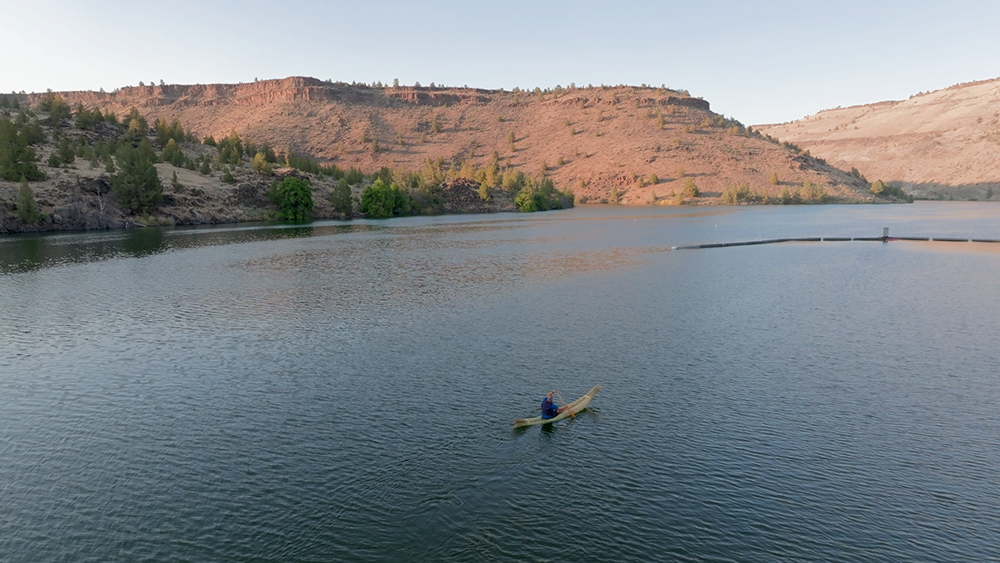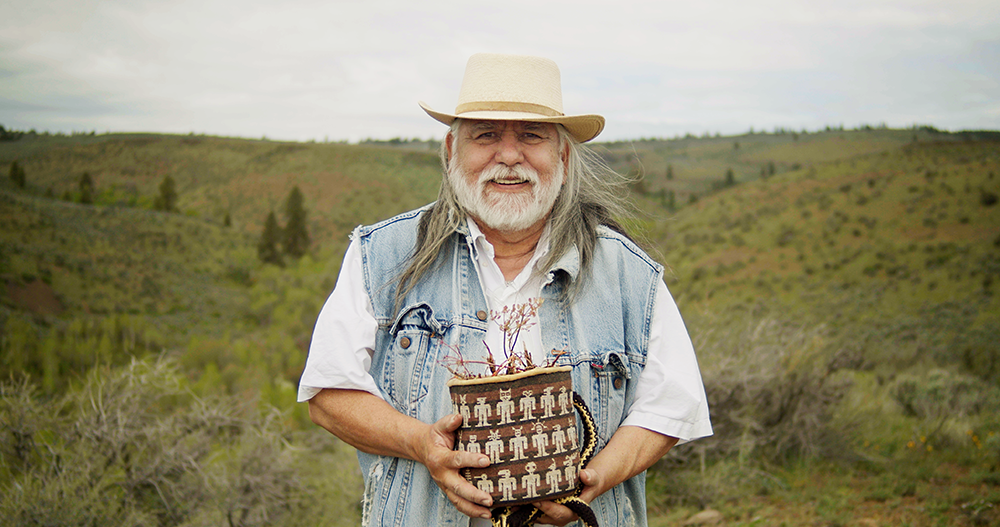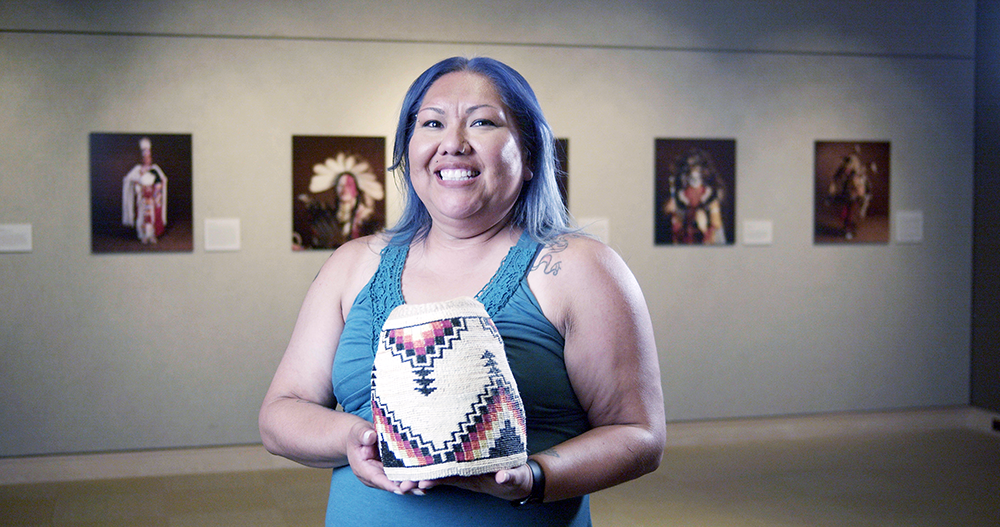
- Details
- By High Desert Museum
For many Native communities throughout the High Desert, works of art are imbued with spirit, tied to purpose and intrinsic to thriving communities. Art is at once utilitarian and ceremonial, as well as part of the continuation of Native traditions.
Creations of Spirit, an original exhibition opening Saturday, January 28 at the High Desert Museum in Bend, Oregon, immerses visitors in the Indigenous Plateau, reflecting knowledge systems of tribes along the Columbia River and its tributaries.
Six Native artists commissioned for this new exhibition created artwork that was used in Native communities before arriving at the Museum. A seventh artist created an interactive piece for the center of the gallery. Creations of Spirit is a one-of-a-kind, celebratory experience featuring the stories of these artists and living works of art. Videos, audio and large projections immerse visitors in the landscapes and communities in which these objects are used. Some items will bare dirt from root collecting or stains from huckleberry gathering.
The original works are supplemented with nine cultural items on loan from the Smithsonian’s National Museum of the American Indian in Washington, D.C.
“The works offered by these deeply gifted and knowledgeable artists will be used in their communities to teach and share traditions,” said Museum Executive Director Dana Whitelaw, Ph.D. “And the objects will continue to be available to Native communities to use even after Creations of Spirit closes as part of the Museum’s collection. We plan for community members to continue to access these objects.”
 Joe Feddersen
Joe Feddersen
The artists in Creations of Spirit have roots throughout the Plateau region. Acclaimed artist Joe Feddersen (Colville) created a basket that was used to harvest roots in the spring. The contemporary sculptor, basket weaver, painter, photographer and mixed-media artist is well known for geometric patterns reflective of what is found in the environment, landscape and his Native American heritage.
Phillip Cash Cash, Ph.D., (Cayuse, Nez Perce) created a traditional Plateau flute that he plays to help teach others about this culturally significant instrument. Cash Cash is an artist, writer, endangered language advocate and linguistic anthropology scholar. As a fluent Nez Perce speaker, he works with communities and professional organizations on projects of cultural advocacy, identity and communication.
Jefferson Greene (Confederated Tribes of Warm Springs) constructed a tule reed canoe and paddles used by Native youth in continuing important cultural traditions. Greene is an executive at the Columbia River Institute for Indigenous Development Foundation and an Ichishkiin language instructor. Greene is also an artist who offers classes to students, kindergarten to professional level in language, arts, sports, health and spiritual education.
 Kelli Palmer
Kelli Palmer
Kelli Palmer (Wasco, Warm Springs) created a traditional corn husk hat known as a Patłapa. Palmer grew up on the Warm Springs Reservation. When at a Northwest Native American Basketweavers Association gathering, Palmer’s mother tricked her into walking around the room. Palmer ended up sitting down in her first class and she’s been weaving ever since. She now teaches basketry classes throughout Oregon and Washington.
The exhibition also features the artwork of RYAN! Feddersen (Colville), H’Klumaiyat Roberta Joy Kirk (Wasco, Warm Springs, Diné) and Natalie Kirk (Warm Springs).
Creations of Spirit will be open at the High Desert Museum through Sunday, October 1, 2023. Learn more at highdesertmuseum.org/creations-of-spirit.
Help us defend tribal sovereignty.
At Native News Online, our mission is rooted in telling the stories that strengthen sovereignty and uplift Indigenous voices — not just at year’s end, but every single day.
Because of your generosity last year, we were able to keep our reporters on the ground in tribal communities, at national gatherings and in the halls of Congress — covering the issues that matter most to Indian Country: sovereignty, culture, education, health and economic opportunity.
That support sustained us through a tough year in 2025. Now, as we look to the year ahead, we need your help right now to ensure warrior journalism remains strong — reporting that defends tribal sovereignty, amplifies Native truth, and holds power accountable.
 The stakes couldn't be higher. Your support keeps Native voices heard, Native stories told and Native sovereignty defended.
The stakes couldn't be higher. Your support keeps Native voices heard, Native stories told and Native sovereignty defended.
Stand with Warrior Journalism today.
Levi Rickert (Potawatomi), Editor & Publisher
